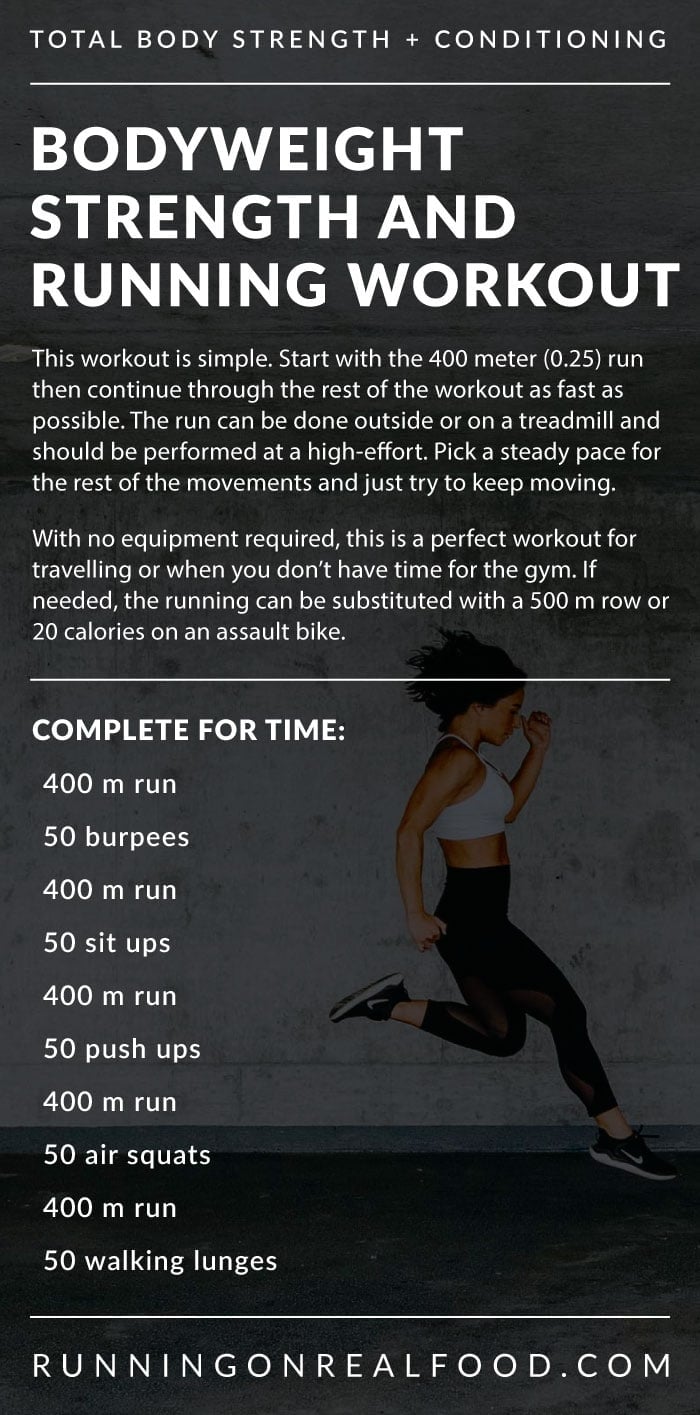Master Your Running Workout: Effective Strategies for Success
Master Your Running Workout: Effective Strategies for Success
Blog Article
The Ultimate Guide to Taking Care Of Discomfort When Running
For runners, experiencing pain during runs is not uncommon, and understanding exactly how to properly take care of and prevent it can make a considerable difference in your general efficiency and satisfaction of the sporting activity. Whether you are a skilled marathoner or just starting your running journey, understanding the various types of pain that can emerge and the strategies to address them is important. From pre-run workout regimens to correct shoes option, there are numerous factors to think about when it comes to handling pain while running. This thorough overview will equip you with the knowledge and tools required to navigate through the discomfort and empower you to attain your running objectives with better convenience.

Recognizing Various Sorts Of Running Discomfort
When running, it is important to differentiate between different sorts of pain to avoid injuries and make the most of performance (Read More). One common kind of discomfort that runners may experience is muscular tissue pain, which normally develops from the tension placed on muscles throughout workout. This kind of discomfort is commonly a typical part of the running procedure and can be handled through correct workout, cool-down, and stretching regimens
Another type of discomfort to be knowledgeable about is joint discomfort. Joint discomfort can indicate problems such as overuse, inappropriate type, or underlying problems like arthritis. Overlooking joint pain can cause more serious injuries, so it is crucial to attend to any kind of discomfort without delay and possibly look for specialist advice.
Furthermore, sharp or stabbing discomforts should not be disregarded. These kinds of discomfort can signify acute injuries such as pressures, strains, or anxiety fractures - running strategy. Proceeding to go through these types of pain can intensify the injury and extend healing time
:max_bytes(150000):strip_icc()/running-longer-or-faster-31e97070bda14ffc8afdea52094504c7.jpg)
Pre-Run Workout and Extending Regular
To prepare the body for a running session, executing an efficient pre-run warm-up and stretching routine is necessary. A correct workout aids increase blood flow to the muscles, improves flexibility, and decreases the danger of injury during the run. Begin with dynamic stretches like leg swings, arm circles, and high knees to slowly increase your heart price and relax the muscles. Dynamic stretching assists imitate the motions you'll be doing while running, preparing your body for the task in advance. Follow this with fixed stretches concentrating on major muscle mass teams such as the hamstrings, quadriceps, calf bones, and glutes. Hold each go for regarding 15-30 seconds without bouncing to promote muscle relaxation and adaptability. Remember to listen to your body and readjust the intensity of your workout based upon your health and fitness degree and any type of pre-existing conditions. By incorporating a consistent pre-run warm-up and extending regular right into your running program, you can optimize performance and decrease the threat of discomfort or injury.
Proper Shoes Choice and Fit
Selecting proper footwear that fits well is crucial for joggers to avoid pain and minimize the risk of injuries. Ill-fitting footwear can result in blisters, black toenails, shin splints, and other agonizing conditions that can impede efficiency and sideline training. When selecting operating shoes, it is vital to think about factors such as foot kind, running stride, arch support, padding, and shoe size. running strategy. Going to a specialized running shop for a stride analysis and professional installation can help make certain that you pick the right shoes for your private demands. Running shoes must provide appropriate assistance and security while additionally being comfy and light-weight. Additionally, it is suggested to change your operating shoes every 300-500 miles to keep appropriate cushioning and support. Buying high-quality shoes that is suitable for your running style and foot composition is an aggressive action towards avoiding discomfort and injuries throughout your runs.
Nutrition and Hydration Tips for Pain Prevention

Hydration is just as vital for runners to prevent cramps, dehydration, and other pains that can result in discomfort during running. It is advised to consume an ample quantity of water throughout home the day and specifically previously, throughout, and after running sessions. Electrolyte-rich beverages or sporting activities beverages can also be valuable for replenishing shed minerals and keeping proper fluid equilibrium. running workout (Read More). By focusing on nutrition and hydration, joggers can enhance their efficiency, minimize discomfort, and take pleasure in a more comfy running experience.
Post-Run Healing Techniques to Reduce Pain
Applying effective healing strategies is vital for alleviating pain and promoting muscle mass recuperation after running sessions. One key post-run healing method is extending. Including static go for significant muscle mass teams can help minimize muscular tissue tension and discomfort. Foam rolling is one more valuable practice to release muscle tightness and improve blood flow to the muscle mass, assisting in quicker recuperation. Additionally, icing sore areas for 15-20 mins can help in reducing inflammation and numb pain post-run.
Moisturizing effectively post-run is vital for restoring liquids shed throughout exercise and helping in muscle mass recuperation. Eating a well balanced treat or meal that includes healthy protein and carbohydrates within half an hour of finishing a run can help fix muscle mass tissue and renew energy shops. Furthermore, getting enough remainder is crucial for enabling the body to repair and reinforce muscle mass. Integrating active healing activities such as light walking or swimming can also aid promote blood circulation and minimize muscular tissue tightness - Read More. By incorporating these post-run recuperation methods into your routine, you can effectively manage discomfort and enhance your running efficiency.
Conclusion
To conclude, attending to different kinds of running discomfort through correct workout, stretching, shoes choice, nutrition, hydration, and post-run recuperation strategies is necessary for pain avoidance and administration. By understanding the sources of pain and applying these methods, runners can lessen discomfort and possible injuries. It is vital to prioritize overall physical wellness and wellness to ensure an effective and satisfying running experience.
Report this page